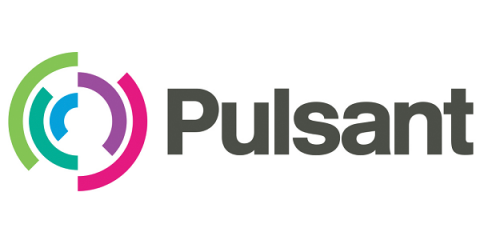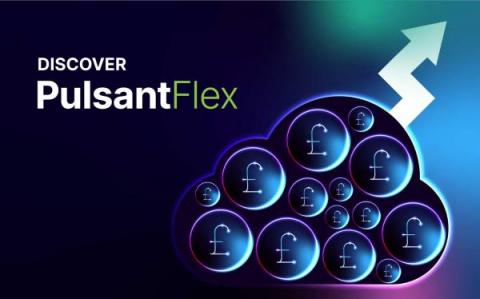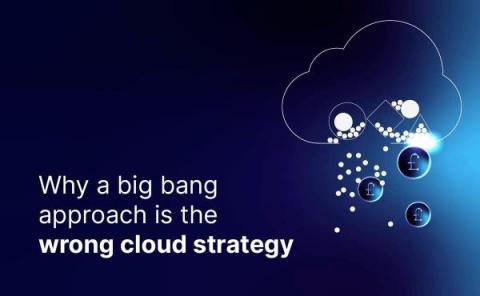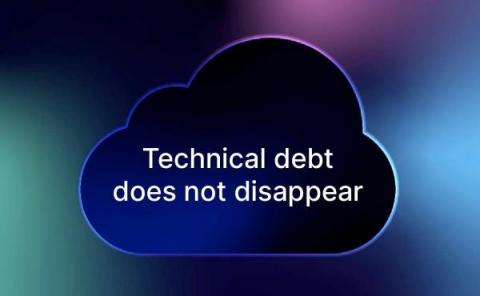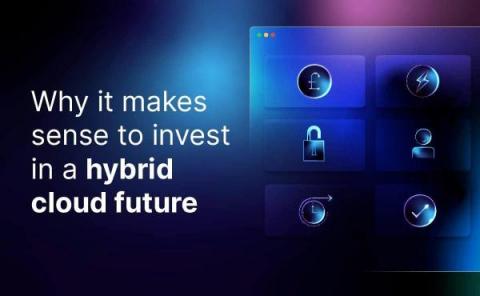Don't forget, it's the hardware that makes the cloud
Don’t forget, it’s the hardware that makes the cloud The main issues we see with clients and cloud implementations are that it can be very difficult for them to get a clear idea of what it is they are buying and how well it will perform. While the consumption and billing models are clear, it can still be hard to know how much you will pay each month. But what is hard is predicting exactly what the level of performance you will get. Some of this is inevitable.


